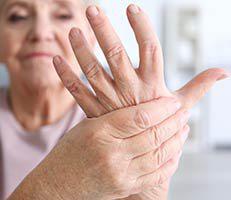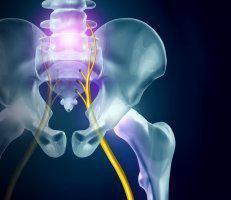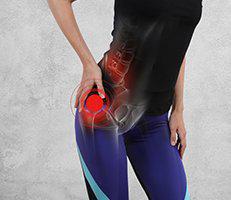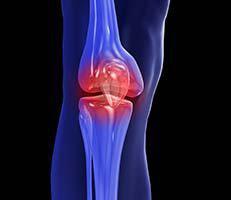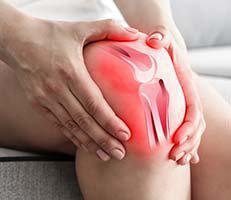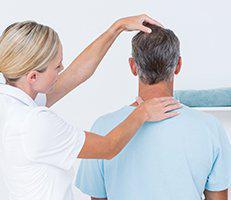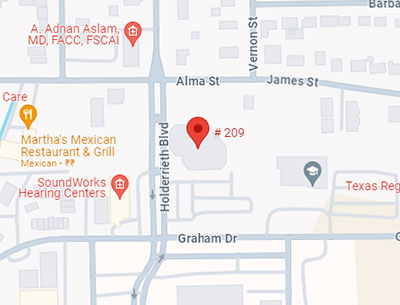WHAT ARE HEADACHES?
According to the National Headache Foundation, approximately 12% of Americans have migraines, and approximately 40% could benefit from preventive therapy.
Headaches plague at least 7 out of 10 people every year, with approximately 45 million Americans frequently suffering from severe and debilitating headaches.
TYPES OF HEADACHES
There are over 150 types of primary and secondary headache disorders that are classified by the International Headache Society in their publication, The International Publication of Headache Disorders.The most common primary headaches are tension, migraine and cluster headaches. Frequent bouts of 15 days or more are classified as chronic headaches.
- Tension Headaches– Nearly 75 percent of the adult population experience tension headaches. It is the most common of all headache pain. Frequency of tension headaches vary between each person; some may get them every few months, while others may suffer three to four bouts in a week.
SYMPTOMS MAY INCLUDE:
- Tightness or pressure surrounding the sides of the head and/or neck
- A mild to moderate amount of pain that is persistent and steady, but does not throb
- Physical activity does NOT affect the headache or worsen it
- Level of pain may increase or decrease in severity throughout its duration
- Surrounding muscles in the head, neck and shoulder areas may experience tenderness
- Can occur on its own without accompanying symptoms
- Can follow a period of stress or tension
TREATMENTS FOR TENSION HEADACHES:
Some forms of pain relief that may reduce symptoms of tension headaches include
- Pain relievers such as acetaminophens, nonsteroidal anti-inflammatories (NSAIDs), naproxen, or ibuprofen
- Not skipping meals
- Relaxing bath or warm shower/compress
- Mediation or stretching exercises like yoga
- Migraine Headaches – Less frequent than tension headaches but are much more painful and intense. Women experience migraines two to three times more frequently than men, but a Harvard study involving 20,084 men age 40 to 84 found that men who experience migraine headaches saw an increase in risk of about 42 percent for heart attacks. Usually set off by a trigger, migraine headaches can appear to occur without warning. Some common triggers may be related to sudden changes in the weather, sleep deprivation or fatigue, emotional stress, changes in diet, and sensory sensitivity (bright or rapid-moving light, loud sounds, strong smells).
SYMPTOMS: POUND
- P – pulsating pain
- O – one-day duration of severe, persistent pain that remains despite attempts at treatment
- U – unilateral or one-sided pain
- N – nausea and vomiting
- D – disabling or debilitating intensity
20 percent of migraines start with neurological symptoms called an aura. The most common of these symptoms involve visual halos, sparkles or flashing lights, wavy lines, and sometimes impaired vision. An aura can sometimes cause numbness or tingling on one side of the body, commonly the hands or feet.
Pain from migraine headaches may also develop without an aura, and typically occur as an intense throbbing or stabbing pain that begins at one side of the head, usually near the eye and temple, with the pain spreading around towards the back of the head. Migraine attacks can usually last four to 24 hours.
Treatments for migraine headaches: pain relief from migraine headaches may include
- Pain relievers may also treat migraine headaches in its very earliest stages, as well as anti-nausea medicine and caffeine
- Prescription drugs such as triptans are commonly administered for migraine pain relief in the form of tablets, nasal sprays or injections, but are not recommended for patients with coronary problems or heart disease, as triptans can affect blood flow to the heart and head, which increases the risk of heart attack and stroke.
- Other alternatives, such as prescription pain killers and corticosteroids, may be recommended by your doctor.
The best course of action may be to prevent migraine headaches. Some patients may take beta blockers or antiseizure medication to reduce known migraine triggers.
Cluster Headaches – Uncommon but severity in pain has given cluster headaches the nickname of “suicide headaches.” They are five times more common in men than women, especially middle-aged men who have a history of tobacco use. Attacks are often felt in a cluster of one to eight headaches daily over a one-to three-month period, with pain that always strikes one side of the head and is often described to feel like an icepick stabbing through the affected side’s eye.
SYMPTOMS:
- Extreme pain on one side of face, often felt in the eye, causing it to water and become red or droop down. The nose may also become runny or blocked.
- Nausea and/or vomiting
- Sensitivity to light and sound
- Restlessness & agitation
- Changes in heart rate and blood pressure
TREATMENT FOR CLUSTER HEADACHES
PAIN RELIEF FROM CLUSTER HEADACHES MAY INCLUDE
- Oxygen therapy may provide some relief during the early stages of an attack
- Sumatriptan injections are commonly used to relieve pain
- Non-invasive vagus nerve stimulation
- Triptan drugs
- Anticonvulsants and antipsychotics may be used to reduce the severity of pain and/or frequency of attacks as well
- Severe cases of cluster headaches may be treated with electrical stimulation of the occipital nerve in the brain to block the nerve from signaling pain
- Surgical procedures that destroy or dissect certain facial nerves may also be used to treat extreme cases
HEADACHE CAUSE
There is not always a clear or obvious cause for a headache pain to appear. Surprisingly, brain tissue and the skull do not have nerves that can register pain, so they do not cause headaches.
However, blood vessels located in the head and neck, along with major nerves that originated in the brain, and the barrier of tissues that surround the brain can register pain signals.
Other possible sources of headache pain can occur within the muscle and joints in the neck, the sinus, teeth and the scalp.
The first step is for Dr. Gohel to thoroughly review your medical history and perform a physical exam. Next is to diagnose the condition and determine the most effective route for treatment tailored to your specific needs. Here are some pain management treatment options we offer that are effective in headache relief:
- Epidural Steroid Injections
- Facet Joint Injections
- Nerve Root Injections
- Spinal Cord Stimulation
- Sacroiliac Joint Block
Call the Pain Specialist Houston, The Woodlands, & Tomball TX office to schedule a consultation with Dr. Gohel if you suffer from any of these headaches. Dr. Gohel and her professional team of pain management specialists are committed to our patients with our medical expertise for a speedy recovery.


